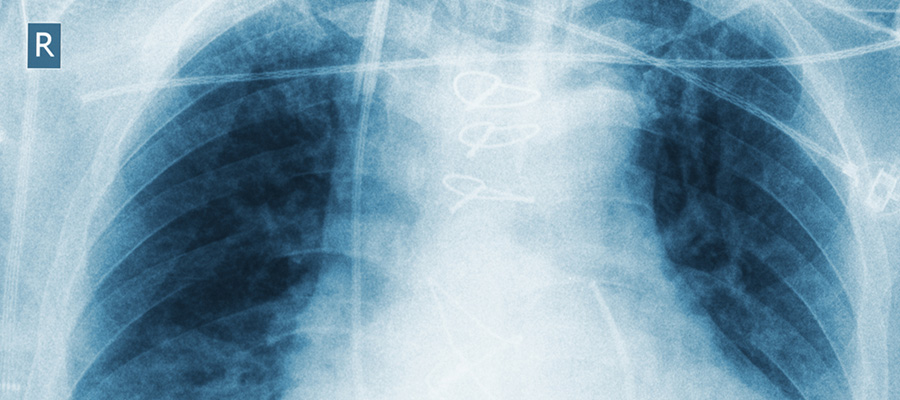

More than 16 million people in the United States have been diagnosed with Chronic Obstructive Pulmonary Disease (COPD), according to the Centers for Disease Control and Prevention (CDC).
Perhaps even more alarming is that millions more people may have the disease but are currently undiagnosed, the CDC notes.
At your practice or facility, you may see COPD patients every day, along with those who have signs and symptoms of this chronic disease, which includes emphysema and chronic bronchitis. Because November is National COPD Awareness Month  , Highmark offers the following reminders to support our network care providers.
, Highmark offers the following reminders to support our network care providers.
Please share this helpful information with the physicians and other care providers in your office or facility.
The most common cause of COPD in the U.S. is tobacco smoke, followed by air pollution, infections, and genetic causes. Never smoking or smoking cessation are the top strategies for preventing COPD.
According to the CDC, populations most at risk for COPD include:
Common signs of COPD include:
Measuring lung function with spirometry is the simplest way to diagnose COPD and monitor effectiveness of treatment.
Treatment involves increasing activity tolerance, alleviating symptoms, and decreasing exacerbations. Along with smoking cessation, methods to treat COPD include inhalers or other breathing medications, pulmonary rehabilitation, and avoiding lung infections.
The CDC recommends that people with COPD receive the influenza, TDAP, pneumococcal, and shingles vaccines to help prevent pneumonia or other serious illnesses. Some patients may need supplemental oxygen therapy if their blood oxygen levels are low.
Access the CDC web pages listed in the Sources section below for more COPD information. Or, refer to the COPD practice guidelines on Highmark’s online Provider Resource Center (PRC).
On the PRC, look under Education/Manuals, and click Clinical Practice and Preventive Health Guidelines. You'll find the COPD Guideline and Key Points under the 2018 Clinical Practice Guidelines section.
The PRC is accessible through NaviNet® or through our website, under Helpful Links.
Important note: This article is informational only. Highmark does not recommend particular treatments or health care services. Members’ access to any treatment is conditioned upon the authorization of a physician or health care professional. Coverage of any treatment is subject to the terms of each member’s benefit plan. Additionally, state laws and regulations governing health insurance, health plans, and coverage may apply and will vary from state to state.
Sources:



